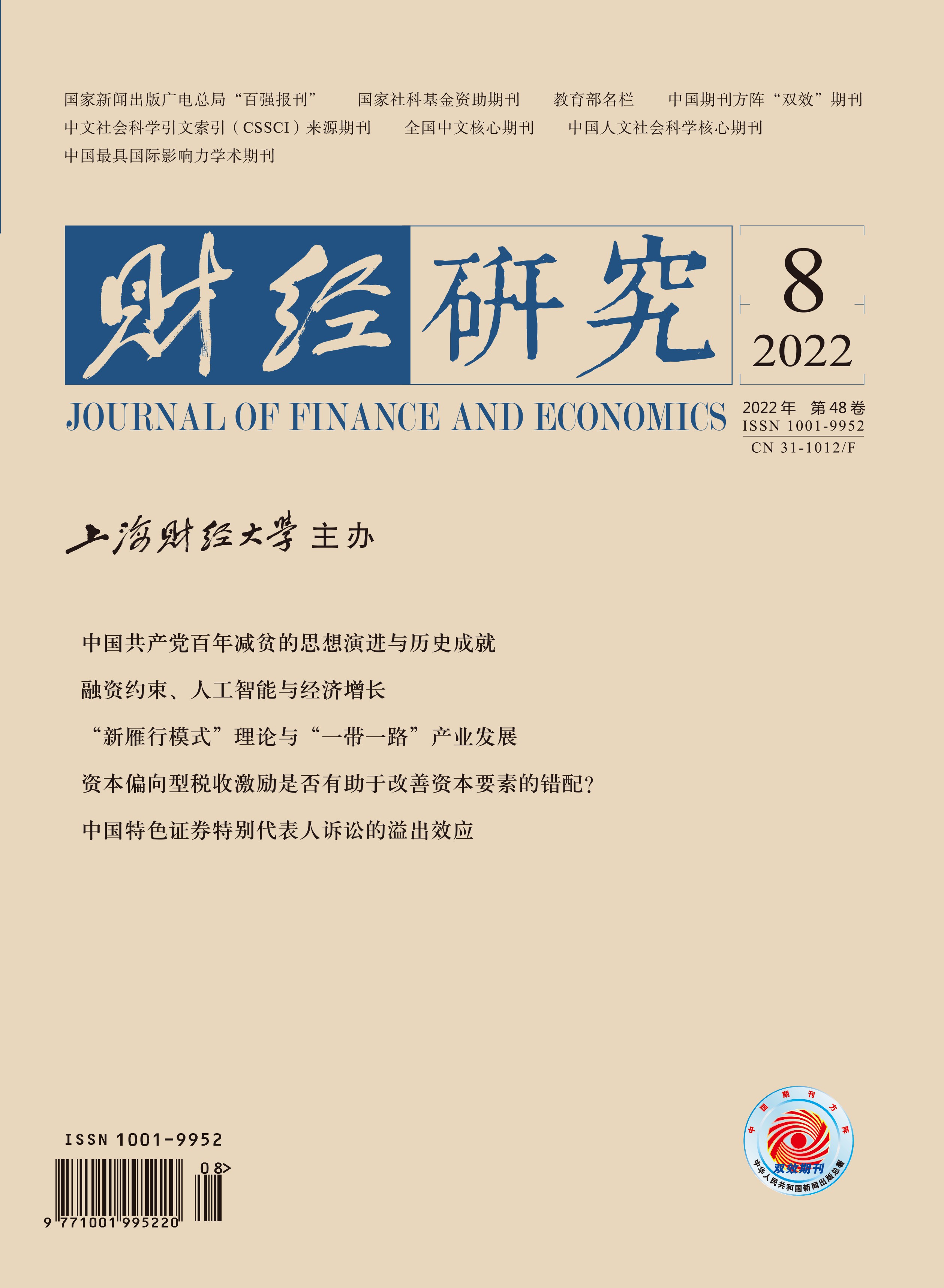Intelligent manufacturing is considered to be a top priority for promoting manufacturing industry transformation. We must stay the course of AI technology application and develop intelligent manufacturing, in order to achieve the strategic goal of becoming a manufacturing power and grasp the opportunity of building new advantages in international competition. This paper constructs a task-based model that includes financing constraints, endogenous AI technological innovation and labor market frictions, and discusses the impact of financing constraints on the level of intelligent manufacturing, and thus how output and employment levels are affected.
This paper finds that: First, due to the heterogeneity in the possibilities of being replaced by AI for different tasks, easing the financing constraints of firms engaged in AI technological innovation can increase the proportion of automated tasks, and promote the use of automation capital. Second, the development of AI has a heterogeneous impact on the labor market of different skills through the negative displacement effect and the positive creation effect. Specifically, on the one hand, the application of AI technology leads to the replacement of labor with automation capital, increasing the unemployment rate. On the other hand, the development of intelligent manufacturing increases the expected profit and enhances the incentives for firms to enter the market, thereby promoting output growth and reducing the unemployment rate. Overall, intelligent manufacturing promotes the aggregate output and decreases the unemployment rate. Consequently, we suggest that the role of the financial market should be emphasized in the process of intelligent manufacturing transformation, and the relationship between automation and employment should be coordinated to reduce the negative effect of automation on the labor market. Feasible strategies include encouraging market entry, promoting industrial integration, eliminating labor market barriers, and making the skill structure of labor force adapt to the transformation and upgrading of intelligent manufacturing.
The contributions are as follows: First, the existing literature mainly focuses on the impact of AI but pays little attention to the endogenous progress of AI technology. We argue that the level of intelligent manufacturing is determined by AI technological innovation, and establish a theoretical model that includes endogenous AI technological innovation. Second, the existing literature on AI rarely considers the labor market or financial market frictions. We introduce the labor market search and matching frictions and financial constraints on R&D investment into the task-based model framework, to provide a credible theoretical framework for further research. Third, we analyze the impact of easing financial constraints on improving intelligent manufacturing and promoting economic growth, and propose policies that can mitigate or even reverse the negative displacement effect of automation on the labor market.





 5115
5115  5033
5033

